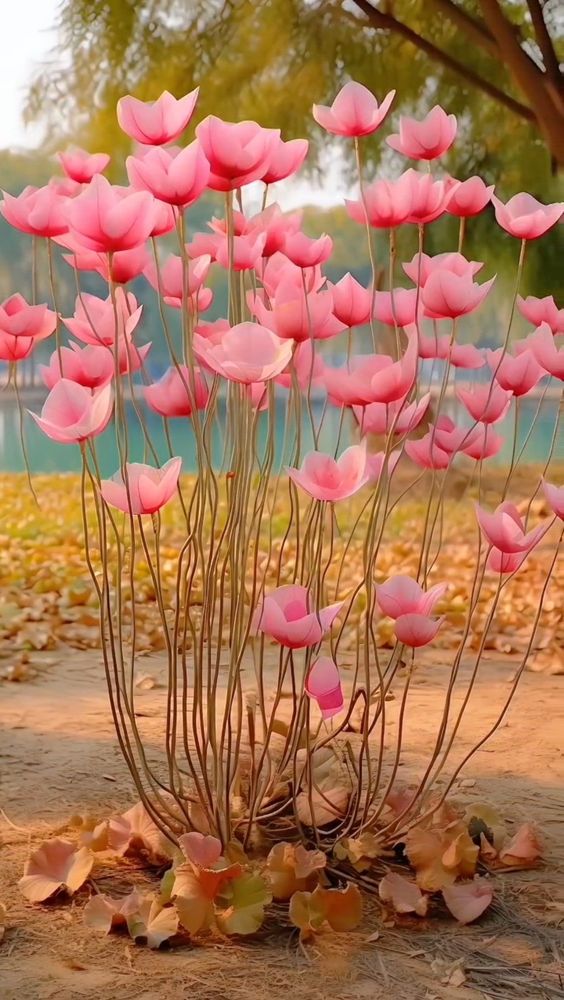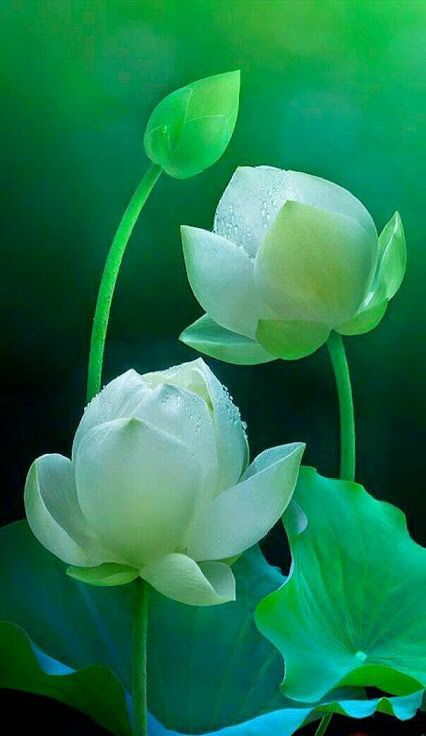
The lotus flower’s physical characteristics are as striking as its symbolism. Rising from the muddy waters of ponds and lakes, the lotus stands tall and graceful, its vibrant petals reaching for the sun. This striking contrast between the dirty water it emerges from and the pure beauty it exudes symbolizes the idea that one can rise above adversity and remain untainted by the challenges of life.
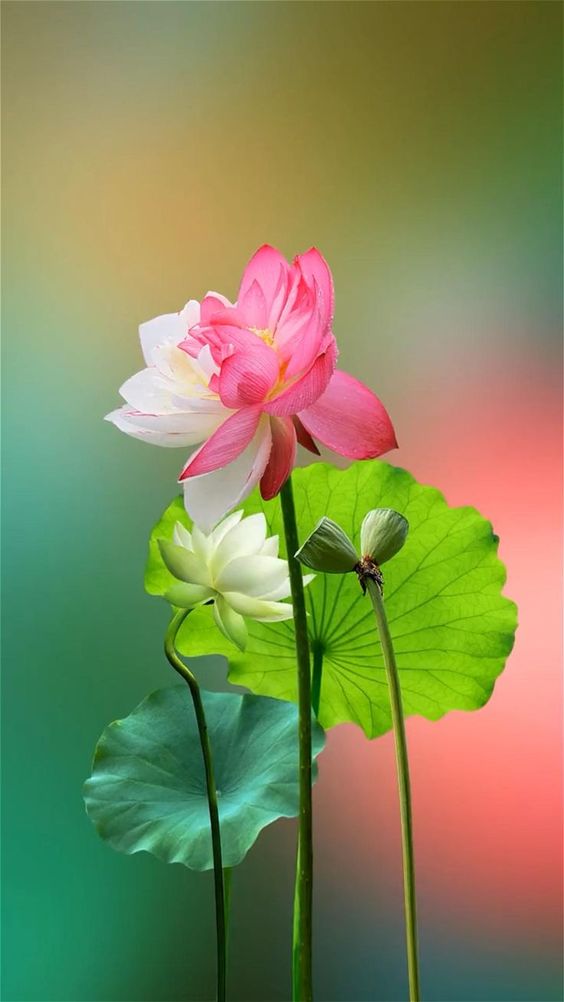
In Buddhism, the lotus is a powerful symbol. It represents purity of body, speech, and mind, just as the lotus grows in the muck but remains untouched by it. Buddha himself is often depicted sitting on a lotus throne, underlining the flower’s importance in the religion. The unfolding petals of the lotus also serve as a reminder of the gradual awakening and enlightenment that one can achieve on their spiritual journey.
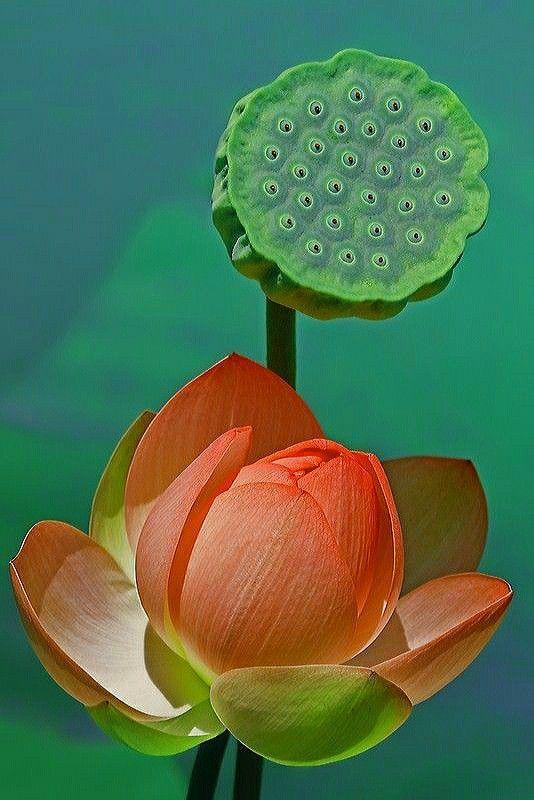
The lotus flower’s significance extends beyond religion. In Vietnamese culture, the hoa sen is cherished for its resilience in the face of adversity. Its ability to bloom in murky waters is seen as an inspiration for people to persevere through difficulties and emerge stronger, just as the lotus does.
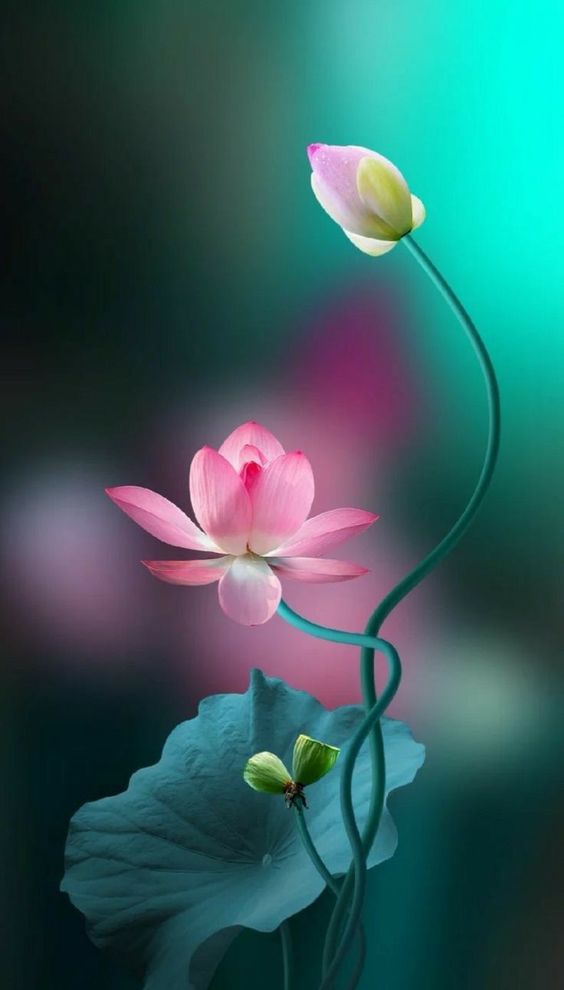
Furthermore, the lotus is not just admired for its spiritual and cultural symbolism; it also holds practical value. Every part of the plant is used in traditional medicine and cooking, making it an essential element in Vietnamese cuisine and herbal remedies.
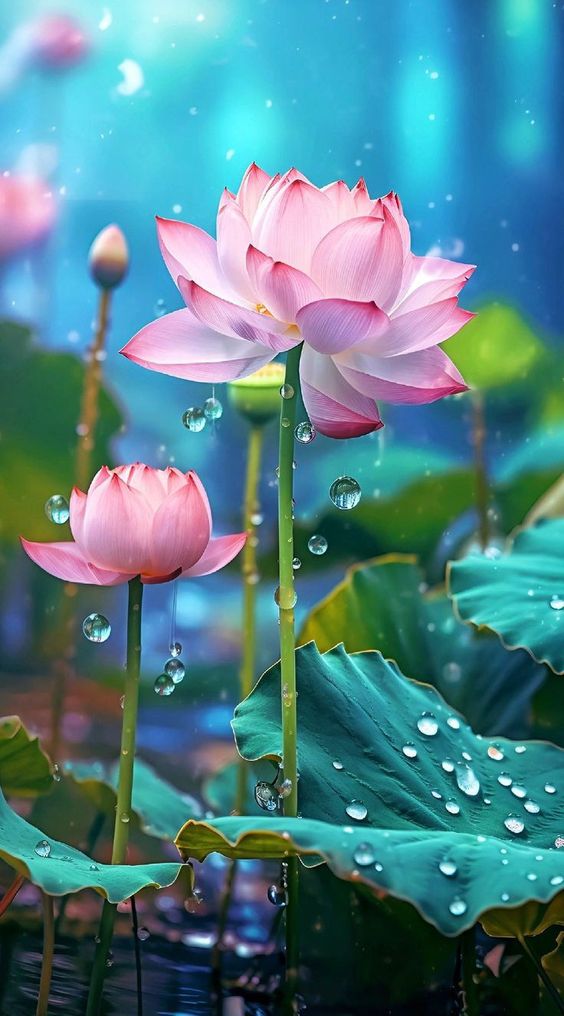
The symbolism and significance of the lotus flower resonate deeply with people around the world. It serves as a reminder that, no matter how challenging the circumstances, beauty, purity, and enlightenment can be achieved. The lotus flower is a true testament to the human spirit’s ability to rise above adversity, and it continues to be a source of inspiration, strength, and wonder for all who encounter it.
